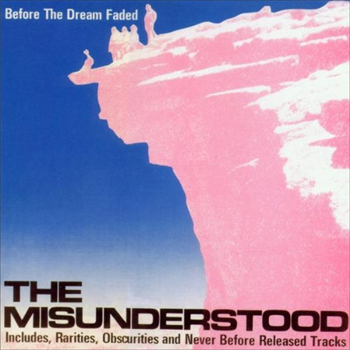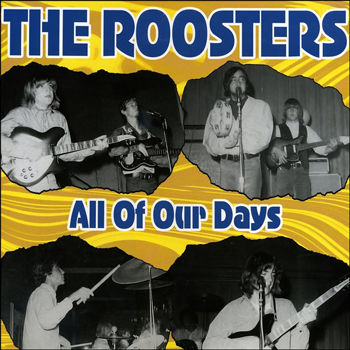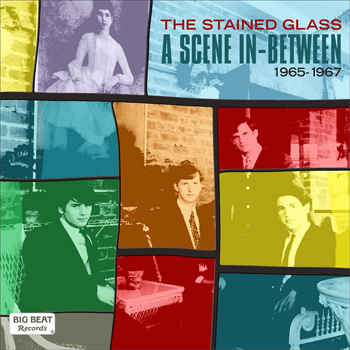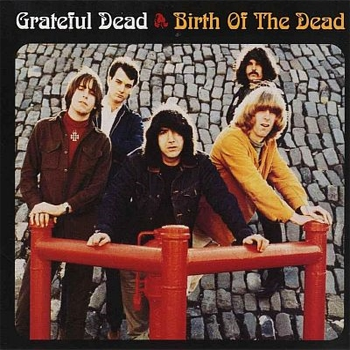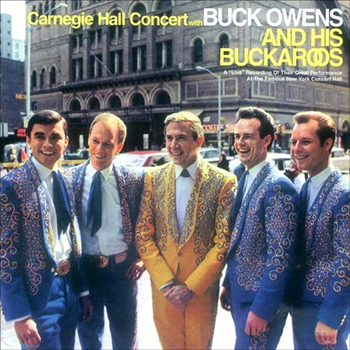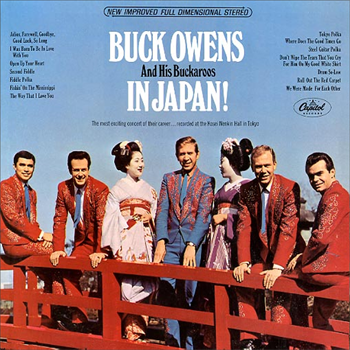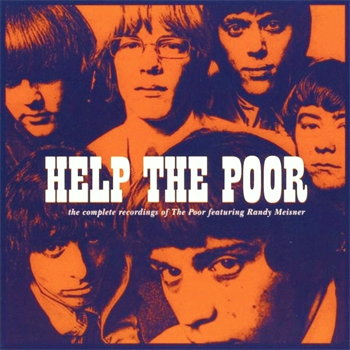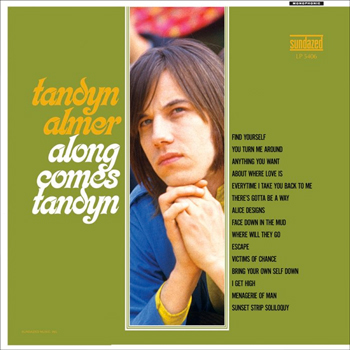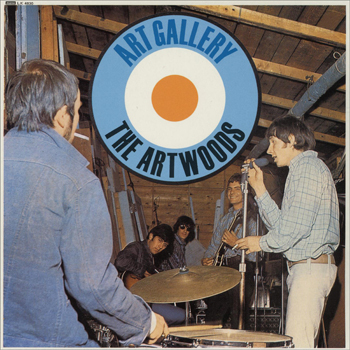The Troyes “Rainbow Chaser: The Troyes Complete Recordings (1966-1968)”
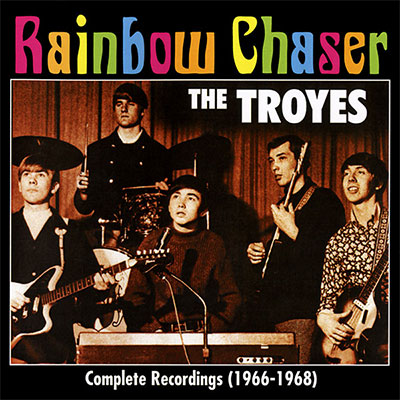
The Troyes were a garage psych band who hailed from Battle Creek, Michigan. The group formed in 1965 and later on released two coveted 45s in 1966/1967 by the Space label. In later years, Cicadelic Records/Lion Productions released two CDs/LPs of fantastic, unreleased music from the group’s prime years, 1966-1968. These recordings stand up with some of the very best local garage/psych of the era – without a doubt essential listening.
Most of the songs recorded by the Troyes were in the 2 to 4 minute range. Some of these tracks, such as Morning of the Rain, the Good Night and Tomorrow verge on acid punk (all tremendous cuts), with fast tempos, crazed vocals, fuzz guitars, and raga guitar solos. Blanket of My Love recalls the folkish cuts on the Beatles’ Revolver LP, with its circular guitar riffs and stoned sensibility. One of my personal favorites, Someday You’ll See My Side, has raw vocals and buzzing organ that remind me of the Monks. Some tracks are repeated with alternate versions but none of it is overkill. We also get the classic Rainbow Chaser and Love Comes Love Dies 45 versions, which are perhaps the group’s best cuts.
The CD/LP has 3 earlier teenbeat folk rock cuts and one late period (1968) guitar fuzz monster that clocks in at nearly 5 minutes which effectively ends the Troyes story. The Lion Productions vinyl repro is preferred but beware as it’s relatively expensive. As mentioned above, garage psych sounds don’t come any better than what’s on this first-rate reissue. Well above average songwriting, strong pop instincts and tight playing make this a very attractive package.
Love Comes Love Dies
Morning of the Rain
![]() LP | Rainbow Chaser | Cicadelic/Lion | ebay ]
LP | Rainbow Chaser | Cicadelic/Lion | ebay ]
Stream | Glimpses V1 & 2 | amazon ]
